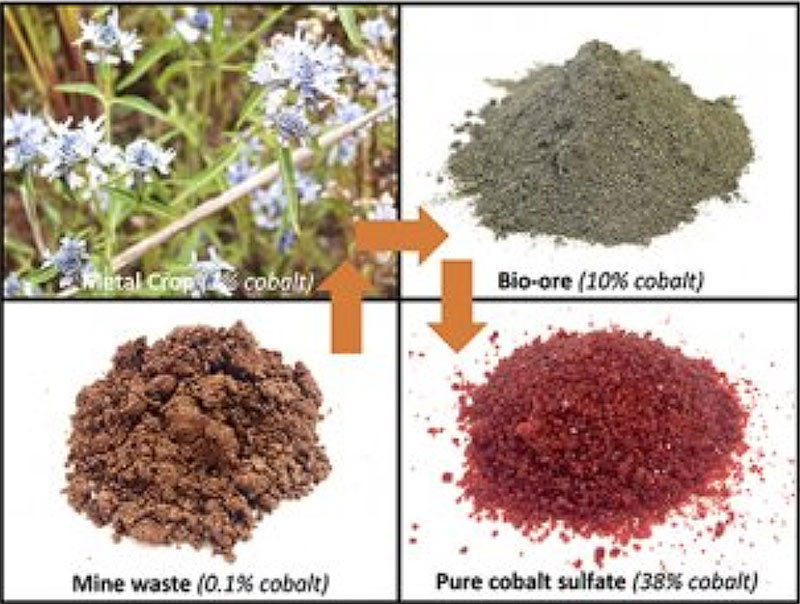These metal-loving plants can recover battery grade cobalt and nickel from mine waste

Pic: Tyler Stableford / Stone via Getty Images
University of Queensland researchers are using plants to recover metals like cobalt and nickel from mining waste dumps.
It’s called phytomining, where special plants extract metals from the ground and concentrate them in the leaves and stems.
UQ’s Sustainable Minerals Institute (SMI) researcher Dr Philip Nkrumah is developing phytomining technology at the Centre for Mined Land Rehabilitation.
He says mine waste, often stored in tailings facilities, contain valuable metals including cobalt, and represents “some of the largest untapped resources globally”.
Tapping into this waste through phytomining not only creates additional revenue streams, it offers a sustainable solution to supply-side issues the industry is going to face, he says.
- Subscribe to our daily newsletter
- Join our small cap Facebook group
- Follow us on Facebook or Twitter
But is it efficient?
“Some species of plants can contain up to one per cent cobalt or four per cent nickel in their shoots, translating to more than 25 per cent metal in their ash which is dubbed ‘bio-ore’,” says Dr Nkrumah.
Those are impressive grades by any measure:

And the high purity of bio-sourced metals makes them especially suited for applications like lithium-ion batteries, Dr Nkrumah says.
Intensive efforts globally has now led to the discovery of more than 100 hyperaccumulator plants new to science.
NOW READ: Golden fungi could reveal the location of monster deposits
UNLOCK INSIGHTS
Discover the untold stories of emerging ASX stocks.
Daily news and expert analysis, it's free to subscribe.
By proceeding, you confirm you understand that we handle personal information in accordance with our Privacy Policy.








